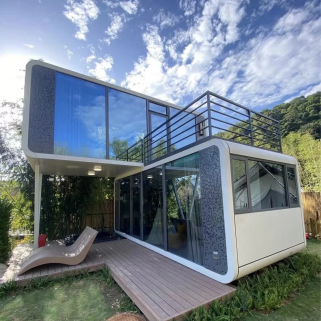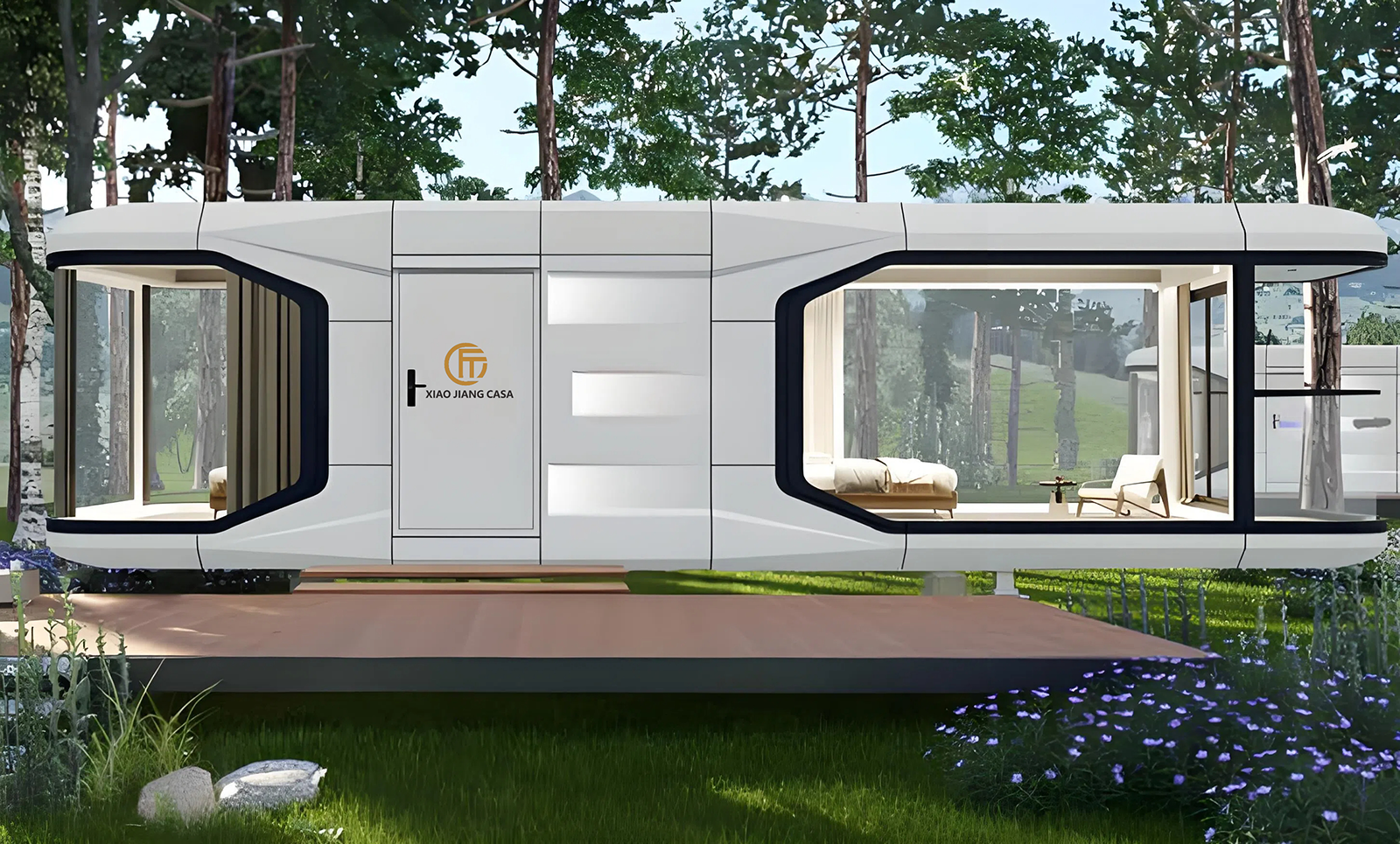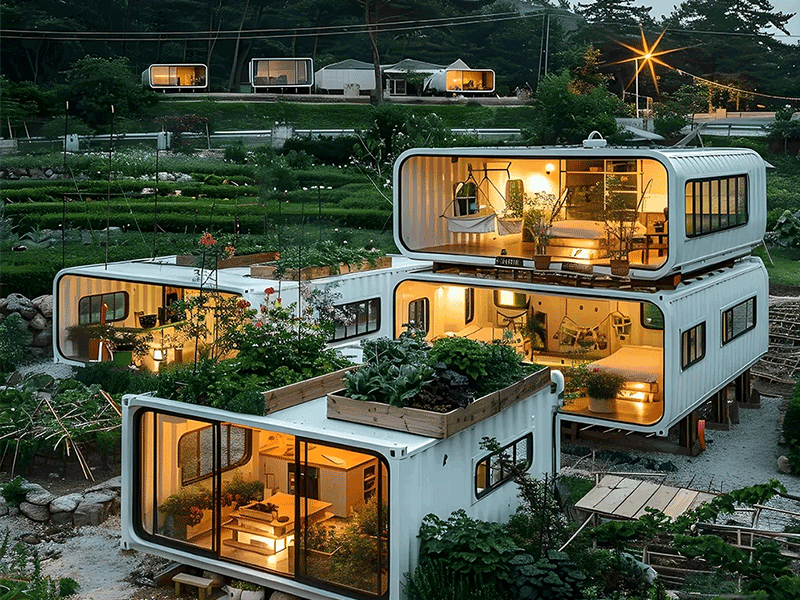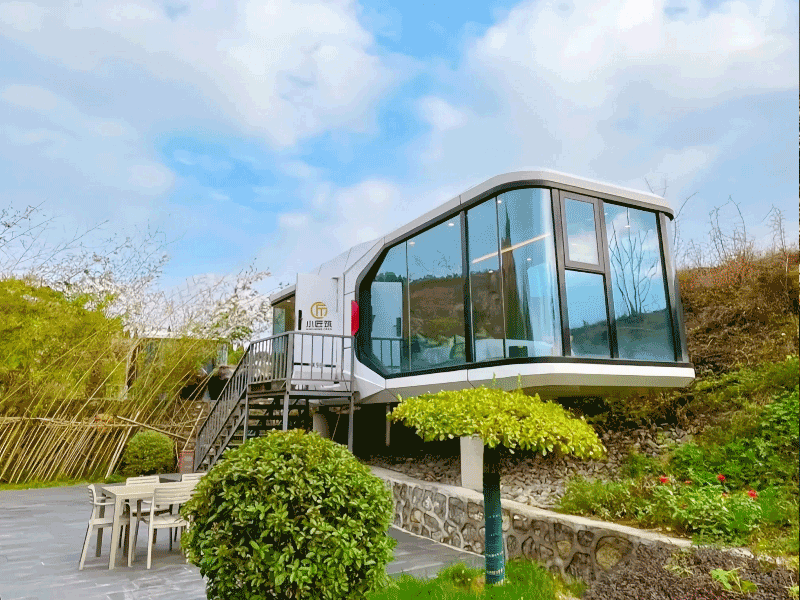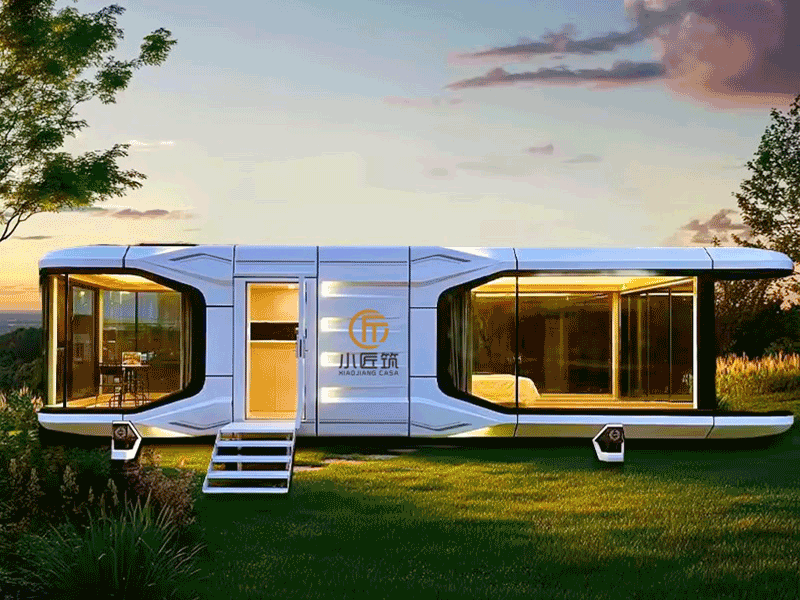The modular housing industry is undergoing a marked change as we step into 2024, courtesy of changing modern architecture. New design paradigms focused on enhanced appeal and functionality will also foster improved sustainability, widening global market appeal. In this blog, we analyze design paradigms of the modular houses focusing on sustainability, smart technology, flexibility, and diversity in form and structure.
Sustainability in Modular Housing
Sustainability is the primary focus of contemporary design and modular houses are no exception. The 2024 trends already show increased focus on the use of sustainable materials and energy-efficient designs. Builders are increasinglyusing eco-friendly materials, like recycled steel, bamboo, and reclaimed wood. This not only lessens the impact on the environment, but looks aesthetically pleasing as well. Moreover, modular homes are being designed to enable the use of renewable energy sources like solar panels, which, uh, greatly reduce energy cost margins for homeowners. This trend is aligned with the consumer need for sustainable housing, further propelling the sale of modular homes for eco-friendly buyers.
Smart Technology in Modular Homes
The use of smart technology in modular houses is becoming increasingly popular in 2024. Home automation systems are incorporated into the design of the house so that the homeowner can control lights, heating, and security systems electronically through their smartphones. This enhances convenience and energy efficiency. For example, smart thermostats can adjust the heating and cooling systems based on the homeowner's patterns which leads to savings on energy bills. With smart technology's constant evolution, we expect further enhancements on the modular home living experience that will make them more than just houses, but smart and efficient living spaces.
Flexible Living Spaces In Modular Houses
Flexibility is one of the main modular house design principles in 2024. Homeowners have evolving requirements alongside changing lifestyles. More emphasis is growing on modular designs that cater to different types of spaces that can be easily altered for different purposes. For instance, rooms can quickly change from offices to guest rooms or recreational rooms based on the occupant's needs. This flexibility is highly attractive to younger families and remote workers making modular homes more desirable. Beyond improving functionality, the customizability of space allows homeowners to express their unique sense of style.
Aesthetic Diversity
In 2024, one of the emerging trends for modular housing is aesthetic diversity. Modular homes have previously had standardized designs; however, contemporary modular homes are now available in different colors and architectural styles. Ranging from simple Scandinavian designs to striking industrial looks, there is something for every homeowner. This trend increases aesthetic and environmental integration. As consumers search for distinctive homes, manufacturers are now offering customizable designs to suit their client’s needs.
Industry Trends and Future Outlook
The modular housing industry is expected to grow further because of new design innovations. Customers’ focus on smart technologies, sustainability, flexibility and diversity in aesthetics will drive manufacturers to conform to consumer needs. The increased efficiency in the supply chain and manufacturing processes also adds to the shift towards modular construction. Looking towards 2024, prefabricated houses are expected to be stylish, sustainable, and smart while catering to modern homeowners’ needs.



